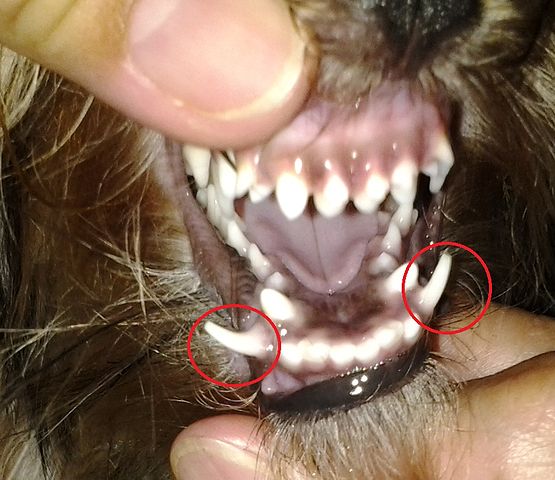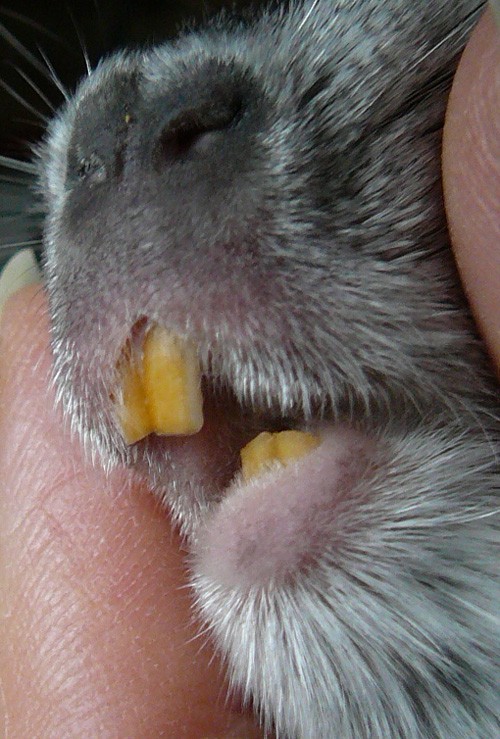
This occurs when the permanent tooth bud does not grow immediately beneath the deciduous tooth, and therefore does not cause the roots of the deciduous tooth to be resorbed.
A retained tooth can cause the permanent tooth to erupt in an abnormal position or cause other types of problems, such as crowding, which may lead to debris accumulation between the teeth and greater plaque stagnation.
In these cases, the retained tooth should be extracted.


